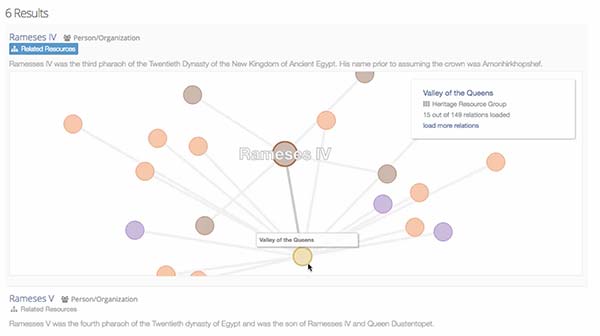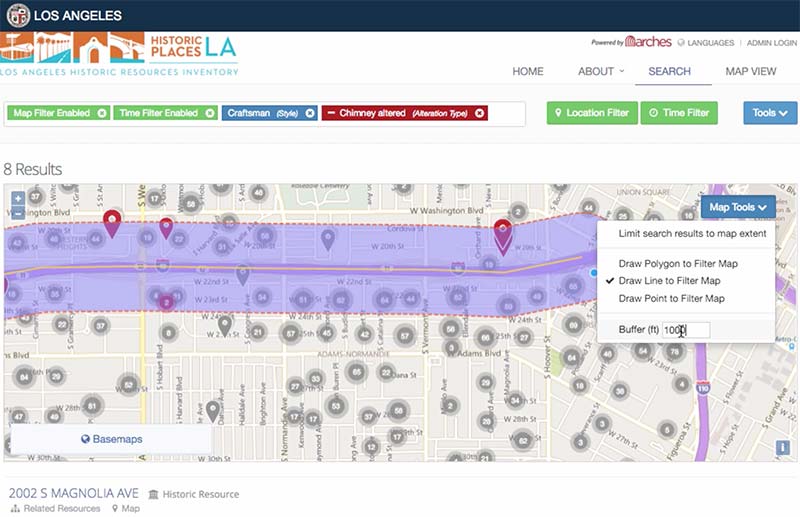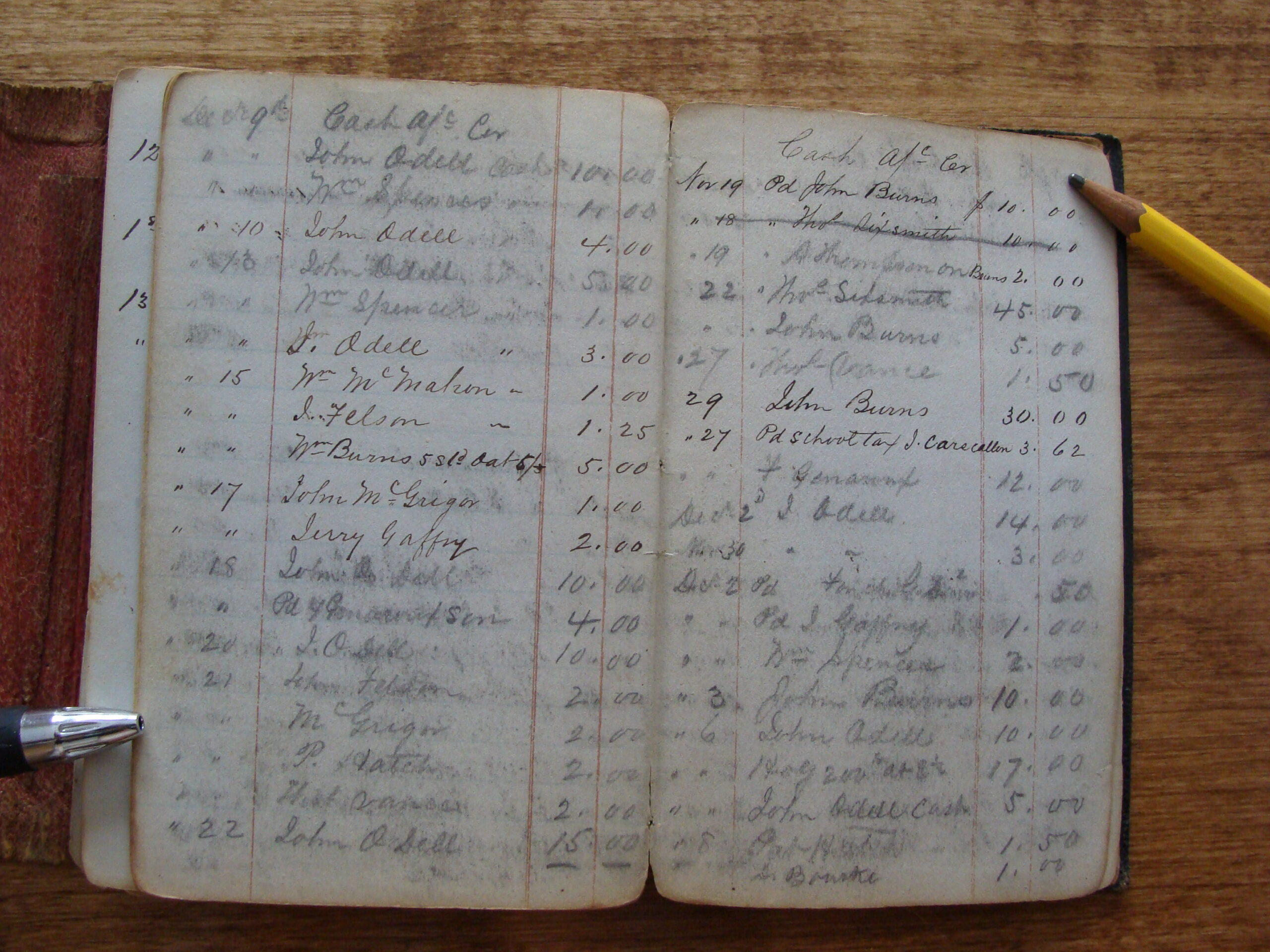For years Farallon has successfully designed and deployed geospatially-enabled asset management systems for utilities, highway maintenance, water treatment etc. But in the past few years we have taken on a new challenge – being the developers for the Getty Conservation Institute and the World Monuments Fund for an inventory and management system for cultural heritage a.k.a. Arches. This has required an even more sophisticated way of thinking as well as more adaptable code, more flexible search and more refined UI design.
What makes cultural resources management so challenging?
As with any asset management solution, with cultural heritage you first need to build an inventory. But with cultural heritage this can be difficult because you can’t just look at something and say it’s culturally significant or not significant.
Basic significance classification
You don’t just go walking down the street, look at an obviously old building and say, “Oh, that’s significant and I know it’s significant because it’s more than X number of years old.” That can happen but age is only the most basic and simple way of looking at an object and often only a small factor in cultural heritage / preservation definition and prioritization.
Advanced significance classification
The more sophisticated and realistic way of looking at a culturally significant object, whether it’s a building or a bridge or a statue or something else, is: Does it have an association with something else that’s significant? Is it associated with a person who is significant. Is it associated with an event that’s significant? Is it associated with something intangible that’s significant (e.g. the writing of a document).
For example whatever private home it was where Robert E. Lee surrendered his army to Ulysses S. Grant during the Civil War – that building in and of itself is nothing special. It is only significant because of what happened there. Or it’s only significant because of its association with the document associated with that surrender. The cultural significance is not necessarily defined by the object’s age or physical characteristics, but by what is associated with the object in terms of people, time and space. This is an integral benefit of the Arches platform.
It’s the relationship to other things that defines cultural heritage significance
Once you start thinking about cultural heritage in these terms, you start realizing that it is also true for a lot of assets. It’s the relationship with other things that matters.
Now figuring out if an object is significant or not, especially in the field, can be challenging. So that’s one of the big things we’re working with the Getty Conservation Institute and the World Monuments Fund in Arches 4 with mobile data collection. More on that soon.






